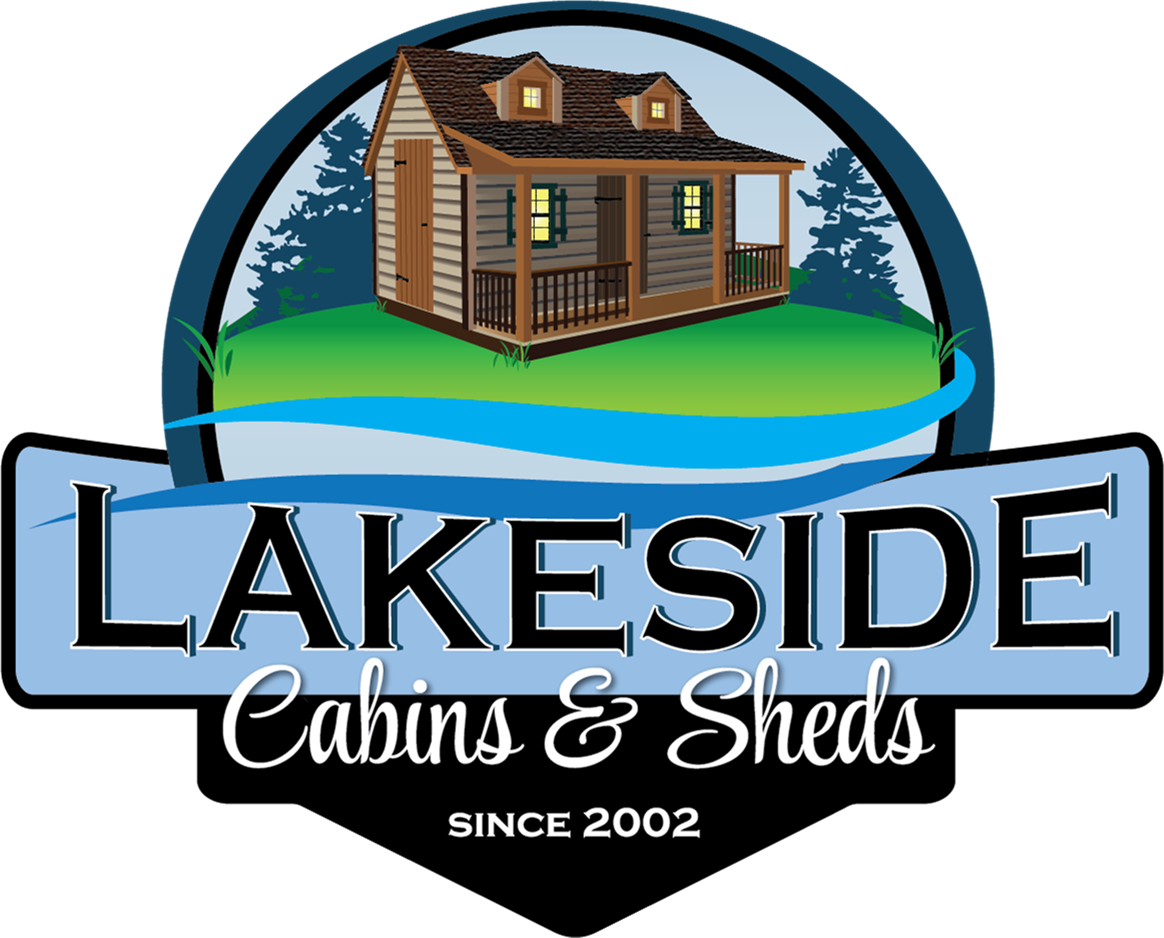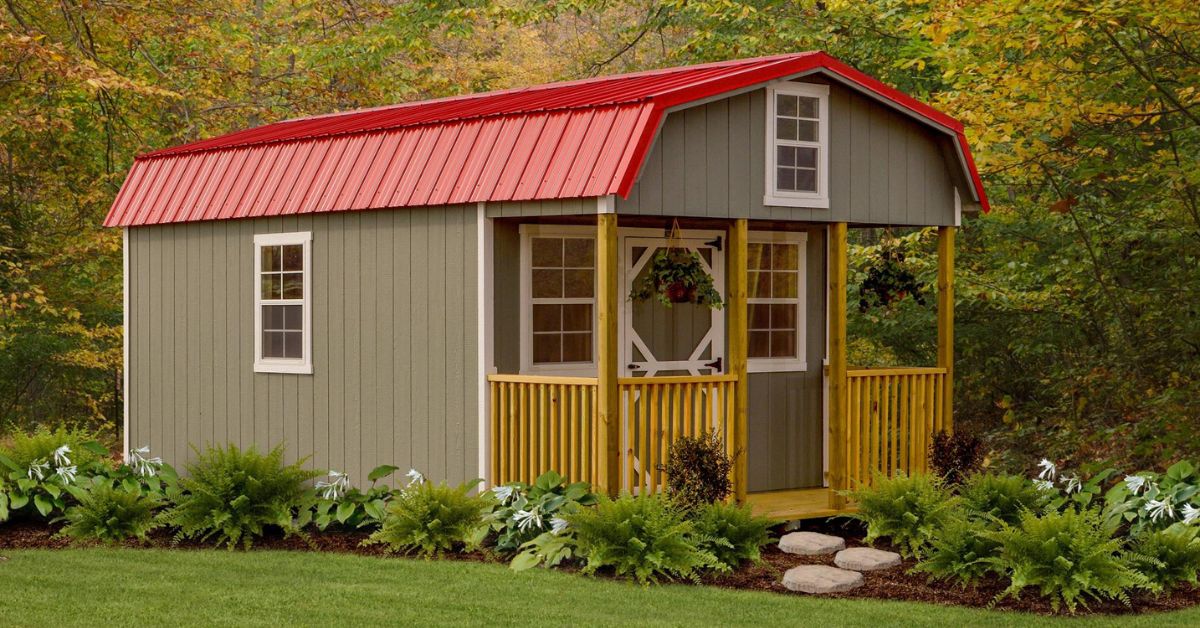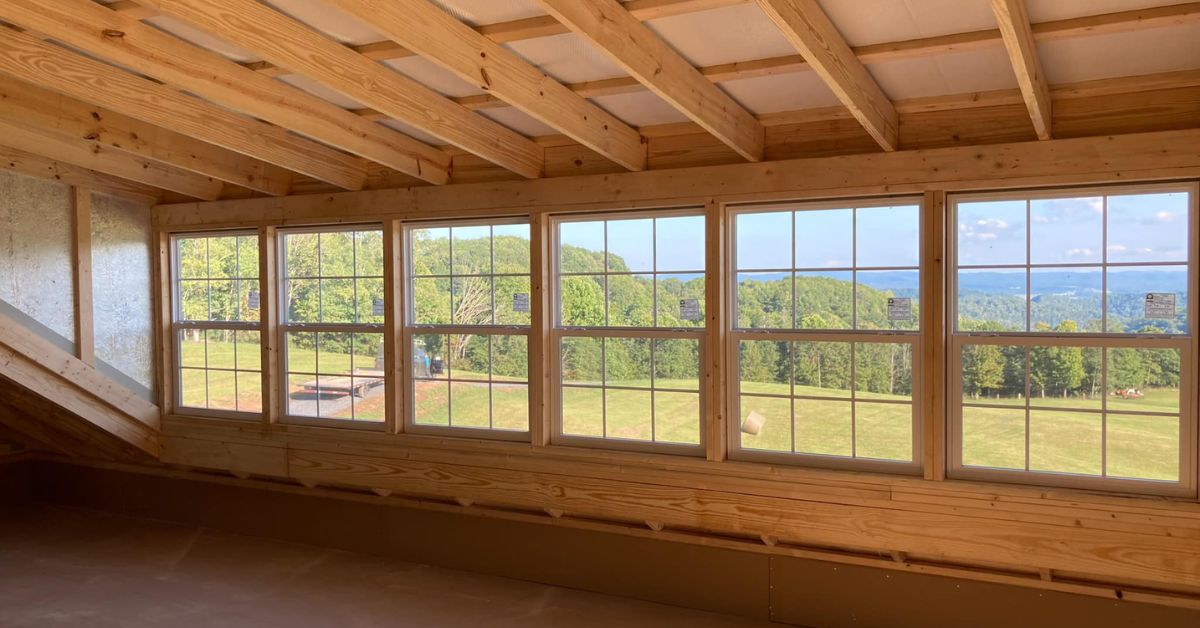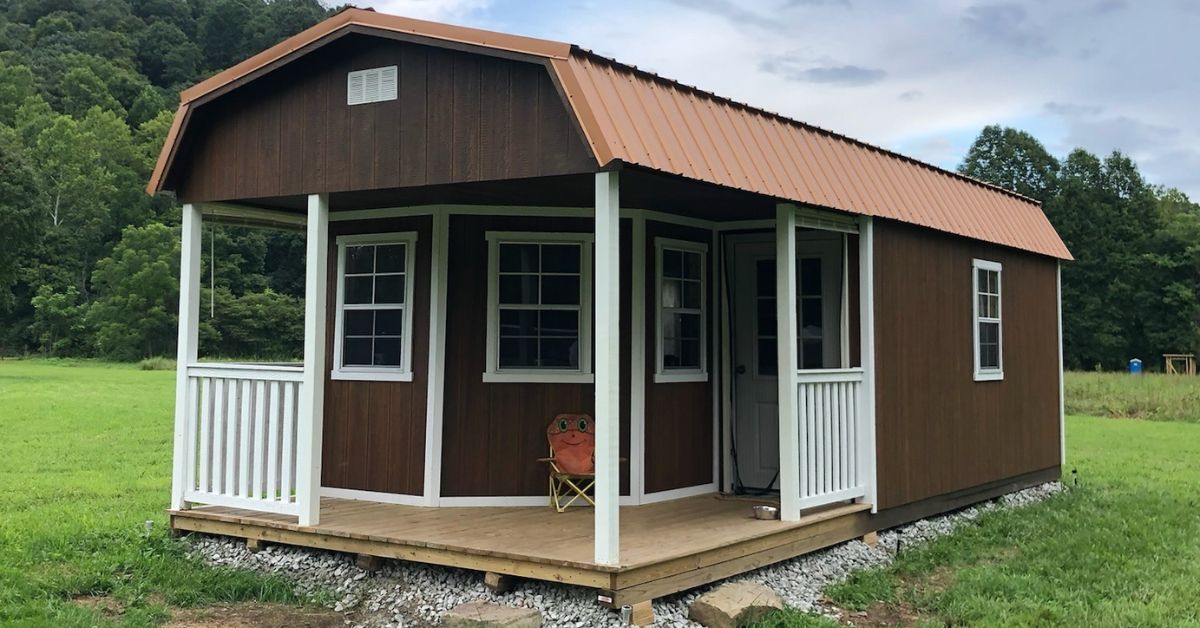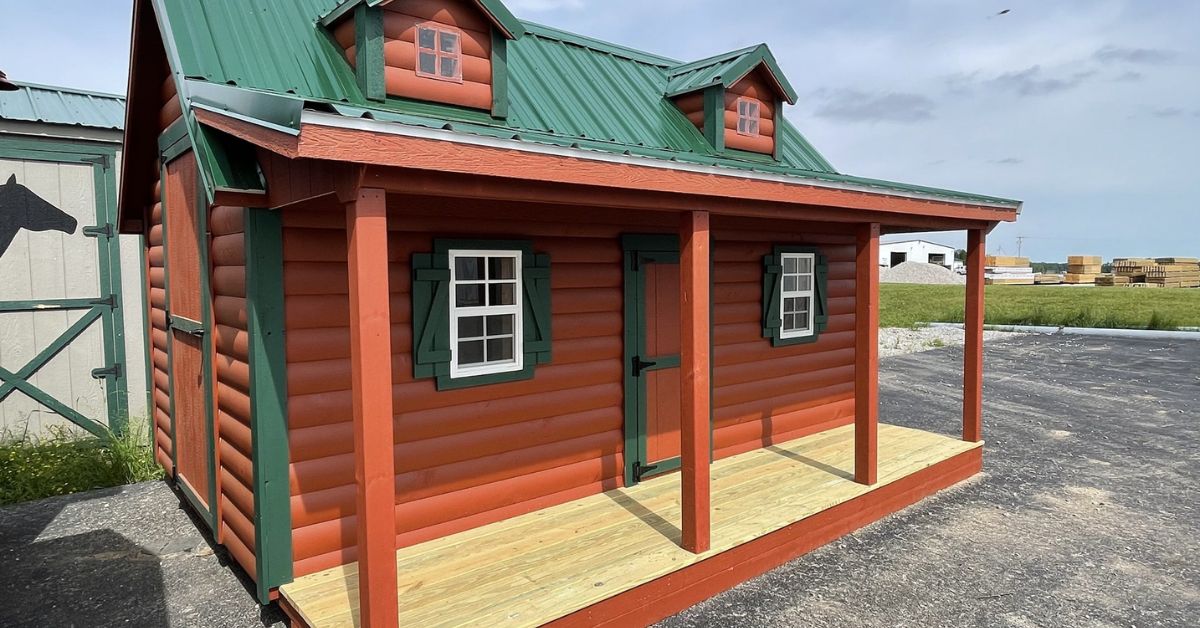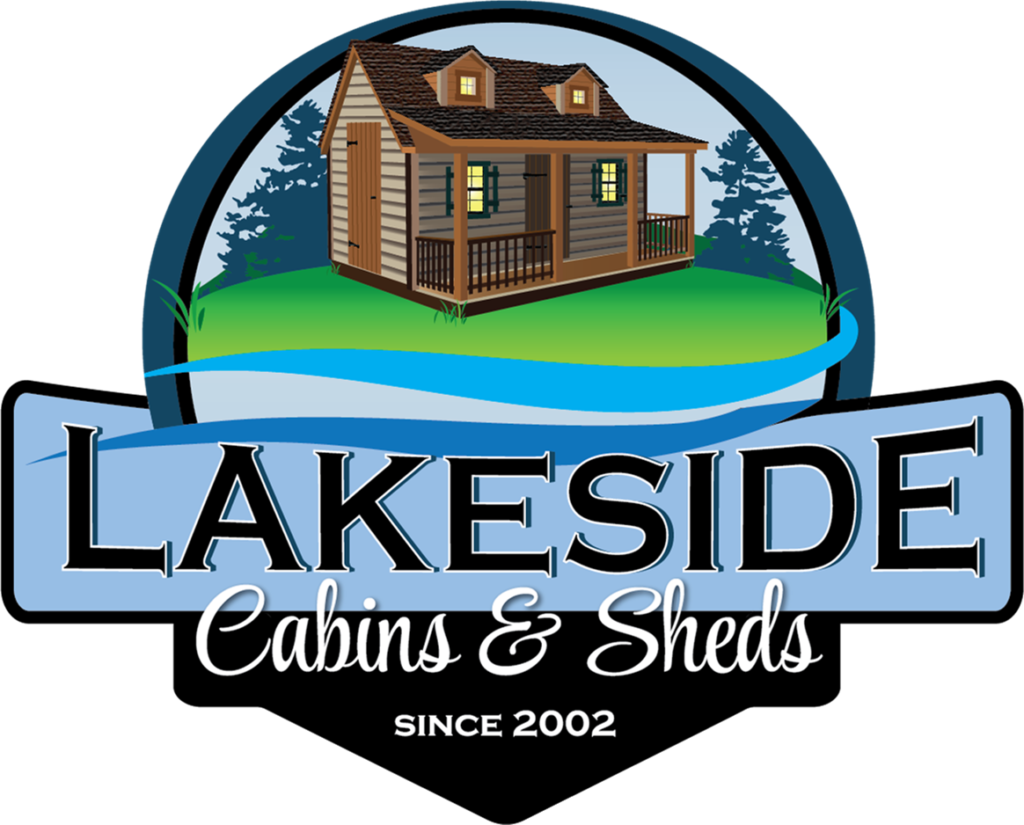Tiny homes are a growing trend among those seeking simplicity, sustainability, and a more affordable way to live. But not all tiny homes are created equal, making the decision process for choosing the perfect fit for your lifestyle feel quite overwhelming. Fortunately, the biggest choice boils down to two types of tiny homes: Amish-built tiny homes and factory-built ones.
Each option comes with its own strengths and unique characteristics, which is why we’ve put together this guide that takes a deeper look at these two options. Whether you’re drawn to the charm of craftsmanship or intrigued by the efficiency of factory production, you’ll leave with a better understanding of your choices.
Amish-Built Tiny Homes
Let’s start by looking at Amish-built tiny homes. These are most renowned for their dedication to craftsmanship and traditional building methods. They reflect a level of care and quality that sets them apart from the competition. Here are the finer details of what makes Amish-built homes truly special.
Exceptional Craftsmanship and Quality
Amish builders have a long-standing reputation for producing high-quality products. They approach construction as a craft, ensuring that every detail is precise and finished to perfection. They construct each house using durable materials and time-tested techniques, resulting in tiny homes that will last for generations.
Unlike mass production, where speed often outranks precision, Amish builders take the time to get it right. Every cut, joint, and finish is inspected carefully, ensuring your home is as strong as it is beautiful. Still, you won’t have to worry about your home taking too long, as most pieces can be prefabricated, allowing for shorter turnarounds.
Customization and Unique Design
If you’re looking for a tiny home that reflects your personality and meets your unique needs, Amish-built homes are second to none. You’ll find nearly limitless options for customization. Whether it’s custom cabinetry, built-in bookshelves, or a loft tailored to your vision, their designs go beyond templates to craft something truly one of a kind.
Something else worth noting is that many Amish builders work closely with their clients to incorporate personal touches. If authenticity and individuality are important to you, an Amish-built tiny home sets you apart from the crowd.
Eco-Friendly and Sustainable
Since the Amish community prioritizes sustainability, they consistently use natural and eco-friendly materials in their construction process. Many Amish-built homes use sustainably sourced timber and avoid the waste-heavy practices of larger-scale manufacturing. This approach minimizes environmental impact, which speaks to both eco-conscious buyers and those who love the idea of a home with a smaller carbon footprint.

Factory-Built Tiny Homes
Factory-built tiny homes, often referred to as modular or prefabricated homes, offer a completely different set of benefits. These homes are commonly constructed in controlled environments and shipped to your location for final assembly.
Efficiency and Cost-Effective Solutions
One of the biggest advantages of factory-built tiny homes is their efficiency. Factories are designed for streamlined production, which allows for faster build times and lower costs. For those seeking affordable options with quick turnaround times, factory-built homes can be a compelling choice.
Since factories buy materials in bulk to save money, they often pass those savings on to the customer. If sticking to a budget is key, factory-built homes can provide significant financial advantages.
Standardization and Regulatory Compliance
Factory construction ensures that homes comply with strict building codes and standards. Each tiny home undergoes a standardized production process, which includes thorough testing and inspections to ensure compliance with safety and quality regulations. This can give buyers extra peace of mind, knowing their home is built to code without requiring extensive follow-ups or adjustments.
Scalable and Readily Available
Factory-built tiny homes are ideal for those who need convenience and availability. Builders often have pre-designed models ready for production, which means you can select a design from a list of already crafted parts, allowing you to get your new home in as soon as possible.
These homes also scale well for larger projects, such as tiny home communities. For developers or organizations creating multiple units, the standardized and efficient nature of factory-built homes is a major advantage.

Comparing Amish-Built and Factory-Built Tiny Homes
Now that you know the strengths of both Amish and factory-built tiny homes, it’s time to see how they stack up side by side. Below is a concise breakdown of their key differences. Seeing them together like this will make it easier for you to determine which option is best for you.
Quality and Craftsmanship
- Amish-Built: The superior craftsmanship with a focus on durability and attention to detail sets these apart. They’re built to stand the test of time, and each detail is thoroughly refined during the construction process.
- Factory-Built: The quality is solid but may lack the fine nuances of precision found in a handcrafted home. Parts of these homes are designed for efficiency rather than artistry.
Customization Options
- Amish-Built: These are highly customizable, tailored to fit each buyer’s specific taste and needs. Perfect for those seeking a truly unique home.
- Factory-Built: Customizations might be limited to pre-designed templates or options provided by the manufacturer, which may feel less personal.
Cost and Efficiency
- Amish-Built: These have higher upfront costs due to the labor-intensive craftsmanship but offer exceptional value when factoring in longevity and quality. Turnaround times can be longer, but that’s not always the case.
- Factory-Built: These are more affordable due to bulk production methods and have quicker turnaround times. They are ideal for buyers looking for speed and cost efficiency.
Sustainability
- Amish-Built: Built with sustainability in mind, they often use natural, eco-friendly materials and practices. It’s a great option for reducing your carbon impact.
- Factory-Built: These don’t shine so bright here. While efficient manufacturing reduces some waste, materials may not always prioritize environmental friendliness.
Aesthetics and Design
- Amish-Built: Their timeless and charming designs deliver an unparalleled sense of character and warmth.
- Factory-Built: The clean, modern designs deliver a standardized aesthetic.
Availability
- Amish-Built: They’re typically limited to geographic areas where Amish builders operate, which may require regional buyers to arrange transport.
- Factory-Built: They’re widely available and easily shipped to most locations around the country, offering greater accessibility for remote buyers.
Which Should You Go With?
As you can now see, both Amish-built and factory-built tiny homes have a solid amount of strengths, so choosing which is best for you depends entirely on your priorities. If you value custom craftsmanship, sustainability, and timeless quality, Amish-built homes are a worthwhile investment. However, if efficiency, affordability, and scalability are critical, factory-built homes offer excellent value.
If you decide that Amish is the way to go, then Lakeside Cabins & Sheds is here to help. We provide Amish-built tiny homes in Ohio, so if you live in the area, we can turn your dream home into a reality. Simply reach out to our team to learn more about the options we have available.
